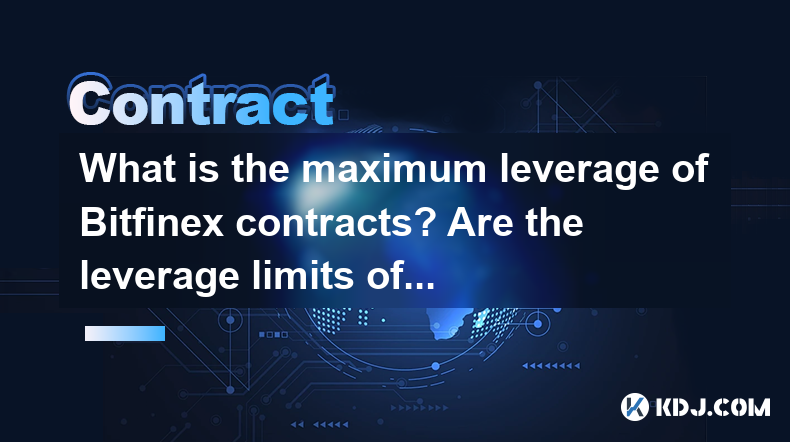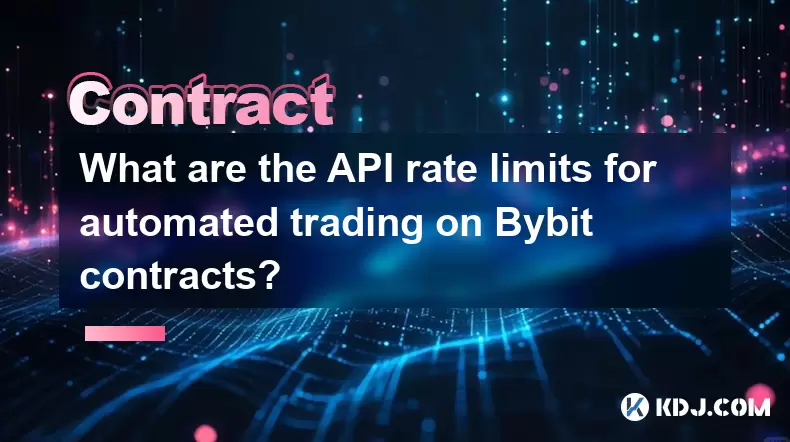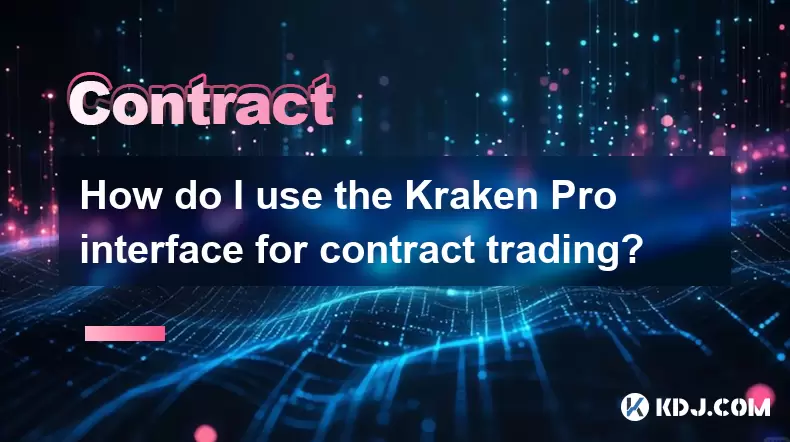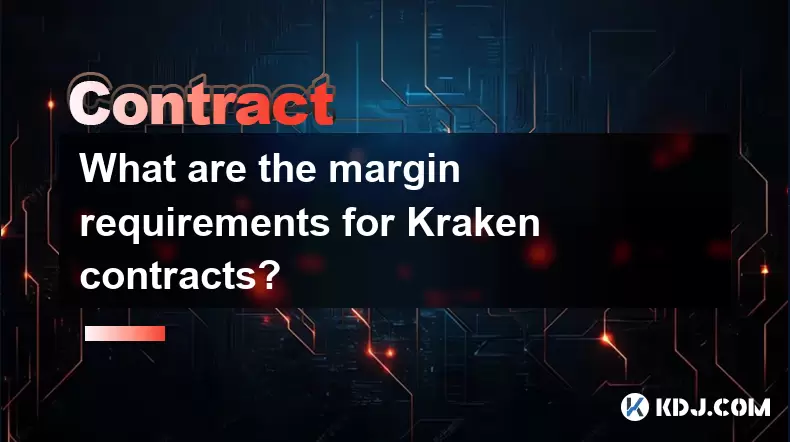-
 Bitcoin
Bitcoin $117300
1.99% -
 Ethereum
Ethereum $3884
5.89% -
 XRP
XRP $3.268
9.33% -
 Tether USDt
Tether USDt $1.000
0.02% -
 BNB
BNB $783.0
1.78% -
 Solana
Solana $173.6
3.51% -
 USDC
USDC $0.9999
0.00% -
 Dogecoin
Dogecoin $0.2193
7.00% -
 TRON
TRON $0.3380
0.30% -
 Cardano
Cardano $0.7769
5.08% -
 Stellar
Stellar $0.4350
9.36% -
 Hyperliquid
Hyperliquid $40.23
5.78% -
 Sui
Sui $3.739
6.95% -
 Chainlink
Chainlink $18.30
9.46% -
 Bitcoin Cash
Bitcoin Cash $581.7
2.11% -
 Hedera
Hedera $0.2577
5.51% -
 Ethena USDe
Ethena USDe $1.001
0.00% -
 Avalanche
Avalanche $23.08
4.23% -
 Litecoin
Litecoin $121.7
2.24% -
 UNUS SED LEO
UNUS SED LEO $8.962
-0.34% -
 Toncoin
Toncoin $3.332
1.36% -
 Shiba Inu
Shiba Inu $0.00001273
3.39% -
 Uniswap
Uniswap $10.35
6.84% -
 Polkadot
Polkadot $3.818
4.01% -
 Dai
Dai $1.000
0.01% -
 Bitget Token
Bitget Token $4.446
2.13% -
 Cronos
Cronos $0.1491
4.96% -
 Monero
Monero $255.4
-9.78% -
 Pepe
Pepe $0.00001099
4.80% -
 Aave
Aave $284.0
8.01%
What is the maximum leverage of Bitfinex contracts? Are the leverage limits of different currencies the same?
Bitfinex offers up to 100x leverage on BTC/USD and ETH/USD perpetual contracts, but limits vary by currency; traders should manage risk carefully when using high leverage.
May 04, 2025 at 03:35 pm

Bitfinex is a popular cryptocurrency exchange known for its advanced trading features, including the ability to trade perpetual contracts with significant leverage. Understanding the maximum leverage available on Bitfinex and how it varies across different currencies is crucial for traders looking to maximize their potential returns while managing risk effectively.
Understanding Leverage on Bitfinex
Leverage is a tool that allows traders to control a larger position with a smaller amount of capital. On Bitfinex, traders can use leverage to amplify their exposure to cryptocurrency markets. The exchange offers perpetual contracts, which are futures-like derivatives that do not have an expiration date, allowing traders to hold positions indefinitely.
Maximum Leverage on Bitfinex Contracts
The maximum leverage available on Bitfinex for perpetual contracts is 100x. This means that traders can control a position worth up to 100 times their initial margin. However, it's important to note that not all currencies offer the same leverage limits. The availability of 100x leverage is typically limited to the most liquid and widely traded cryptocurrencies.
Leverage Limits for Different Currencies
Bitfinex provides varying leverage limits depending on the currency pair being traded. Here are some examples of the leverage limits for different currencies:
- BTC/USD Perpetual Contracts: The maximum leverage available is 100x. This high leverage is due to the high liquidity and trading volume of Bitcoin.
- ETH/USD Perpetual Contracts: Similar to BTC/USD, the maximum leverage for Ethereum contracts is 100x.
- LTC/USD Perpetual Contracts: For Litecoin, the maximum leverage is 50x. This lower leverage reflects the relatively lower liquidity compared to Bitcoin and Ethereum.
- XRP/USD Perpetual Contracts: Ripple contracts have a maximum leverage of 20x, indicating a further reduction in available leverage due to lower liquidity.
These examples illustrate that leverage limits are not uniform across all currencies. Traders should be aware of these differences when planning their trading strategies.
How to Check Leverage Limits on Bitfinex
To check the leverage limits for a specific currency on Bitfinex, follow these steps:
- Log into your Bitfinex account.
- Navigate to the trading interface.
- Select the currency pair you wish to trade.
- Click on the "Leverage" tab in the trading interface to view the available leverage options for that pair.
By following these steps, traders can easily access the leverage limits for any currency pair they are interested in trading.
Factors Affecting Leverage Limits
Several factors influence the leverage limits set by Bitfinex for different currencies:
- Liquidity: Higher liquidity generally allows for higher leverage. Currencies with deeper markets and higher trading volumes, like Bitcoin and Ethereum, can support higher leverage.
- Volatility: More volatile assets may have lower leverage limits to mitigate risk. For example, a highly volatile altcoin might have a lower leverage limit than a more stable cryptocurrency.
- Market Conditions: Bitfinex may adjust leverage limits based on current market conditions, such as during periods of high volatility or market stress.
Understanding these factors can help traders anticipate changes in leverage limits and adjust their strategies accordingly.
Managing Risk with Leverage
While high leverage can offer the potential for significant returns, it also increases the risk of substantial losses. Here are some strategies for managing risk when using leverage on Bitfinex:
- Use Stop-Loss Orders: Setting stop-loss orders can help limit potential losses by automatically closing a position if the market moves against you.
- Monitor Margin Levels: Keep an eye on your margin levels to ensure you have sufficient funds to maintain your positions. Bitfinex will liquidate positions if margin levels fall below the required threshold.
- Diversify Your Portfolio: Avoid putting all your capital into a single leveraged position. Diversifying across different assets can help spread risk.
- Start with Lower Leverage: If you're new to trading with leverage, start with lower levels and gradually increase as you gain experience and confidence.
By implementing these risk management strategies, traders can better navigate the high-stakes environment of leveraged trading on Bitfinex.
Frequently Asked Questions
Q: Can I change the leverage on an existing position on Bitfinex?
A: Yes, you can adjust the leverage on an existing position on Bitfinex. To do this, go to the trading interface, select the position you want to modify, and adjust the leverage in the "Leverage" tab. Keep in mind that changing leverage may require you to add or withdraw margin to meet the new requirements.
Q: Are there any fees associated with using leverage on Bitfinex?
A: Yes, Bitfinex charges fees for trading perpetual contracts, which can vary based on your trading volume and whether you are a maker or taker in the market. Additionally, there may be funding fees associated with holding leveraged positions, which are calculated based on the difference between the perpetual contract price and the spot price of the underlying asset.
Q: How does Bitfinex handle margin calls and liquidations?
A: Bitfinex monitors the margin levels of all leveraged positions. If your margin level falls below the required threshold due to market movements, Bitfinex will issue a margin call. If you fail to meet the margin call by adding more funds, Bitfinex will automatically liquidate your position to prevent further losses. The liquidation process is designed to protect both the trader and the exchange from excessive risk.
Q: Can I use leverage on Bitfinex for spot trading?
A: No, leverage is only available for trading perpetual contracts on Bitfinex. Spot trading on the platform does not offer leverage, and all trades are executed with the funds available in your account.
Disclaimer:info@kdj.com
The information provided is not trading advice. kdj.com does not assume any responsibility for any investments made based on the information provided in this article. Cryptocurrencies are highly volatile and it is highly recommended that you invest with caution after thorough research!
If you believe that the content used on this website infringes your copyright, please contact us immediately (info@kdj.com) and we will delete it promptly.
- Cold Wallet Crypto in 2025: The Future is Now, Ya'll
- 2025-08-08 05:10:13
- MAGACOIN, SOL, and ADA: A Tale of Shifting Tides in Crypto
- 2025-08-08 05:10:13
- SHIB Price, PEPE, and the Memecoin Supercycle: Who Will Reign Supreme?
- 2025-08-08 05:50:12
- Pudgy Penguins Price Prediction: Google Trends & Breakout Signals
- 2025-08-08 05:50:12
- UAE Crypto Regulation: SCA and VARA Unite to Streamline the Future of Digital Assets
- 2025-08-08 05:55:48
- MAGACOIN Finance: The Presale Phenomenon Rocking the Crypto World
- 2025-08-08 05:55:48
Related knowledge

Are there any fees for futures settlement on OKX?
Aug 08,2025 at 05:35am
Understanding Futures Settlement on OKXFutures settlement on OKX refers to the process by which open futures contracts are automatically closed or mar...

How to use the OKX margin calculator for futures?
Aug 08,2025 at 05:15am
Understanding the OKX Margin Calculator for FuturesThe OKX margin calculator is a specialized tool designed to assist traders in estimating the requir...

How to find and copy experienced traders on Bybit contracts?
Aug 08,2025 at 06:00am
Understanding Copy Trading on BybitBybit offers a copy trading feature that allows users to automatically replicate the contract positions of experien...

What are the API rate limits for automated trading on Bybit contracts?
Aug 08,2025 at 06:08am
Understanding API Rate Limits on BybitWhen engaging in automated trading on Bybit contracts, understanding the API rate limits is essential to prevent...

How do I use the Kraken Pro interface for contract trading?
Aug 08,2025 at 05:00am
Understanding the Kraken Pro Interface for Contract TradingThe Kraken Pro platform is designed for advanced traders who require speed, precision, and ...

What are the margin requirements for Kraken contracts?
Aug 08,2025 at 05:42am
Understanding Margin in Kraken Futures TradingWhen engaging in futures trading on Kraken, traders must understand that margin is the collateral requir...

Are there any fees for futures settlement on OKX?
Aug 08,2025 at 05:35am
Understanding Futures Settlement on OKXFutures settlement on OKX refers to the process by which open futures contracts are automatically closed or mar...

How to use the OKX margin calculator for futures?
Aug 08,2025 at 05:15am
Understanding the OKX Margin Calculator for FuturesThe OKX margin calculator is a specialized tool designed to assist traders in estimating the requir...

How to find and copy experienced traders on Bybit contracts?
Aug 08,2025 at 06:00am
Understanding Copy Trading on BybitBybit offers a copy trading feature that allows users to automatically replicate the contract positions of experien...

What are the API rate limits for automated trading on Bybit contracts?
Aug 08,2025 at 06:08am
Understanding API Rate Limits on BybitWhen engaging in automated trading on Bybit contracts, understanding the API rate limits is essential to prevent...

How do I use the Kraken Pro interface for contract trading?
Aug 08,2025 at 05:00am
Understanding the Kraken Pro Interface for Contract TradingThe Kraken Pro platform is designed for advanced traders who require speed, precision, and ...

What are the margin requirements for Kraken contracts?
Aug 08,2025 at 05:42am
Understanding Margin in Kraken Futures TradingWhen engaging in futures trading on Kraken, traders must understand that margin is the collateral requir...
See all articles

























































































